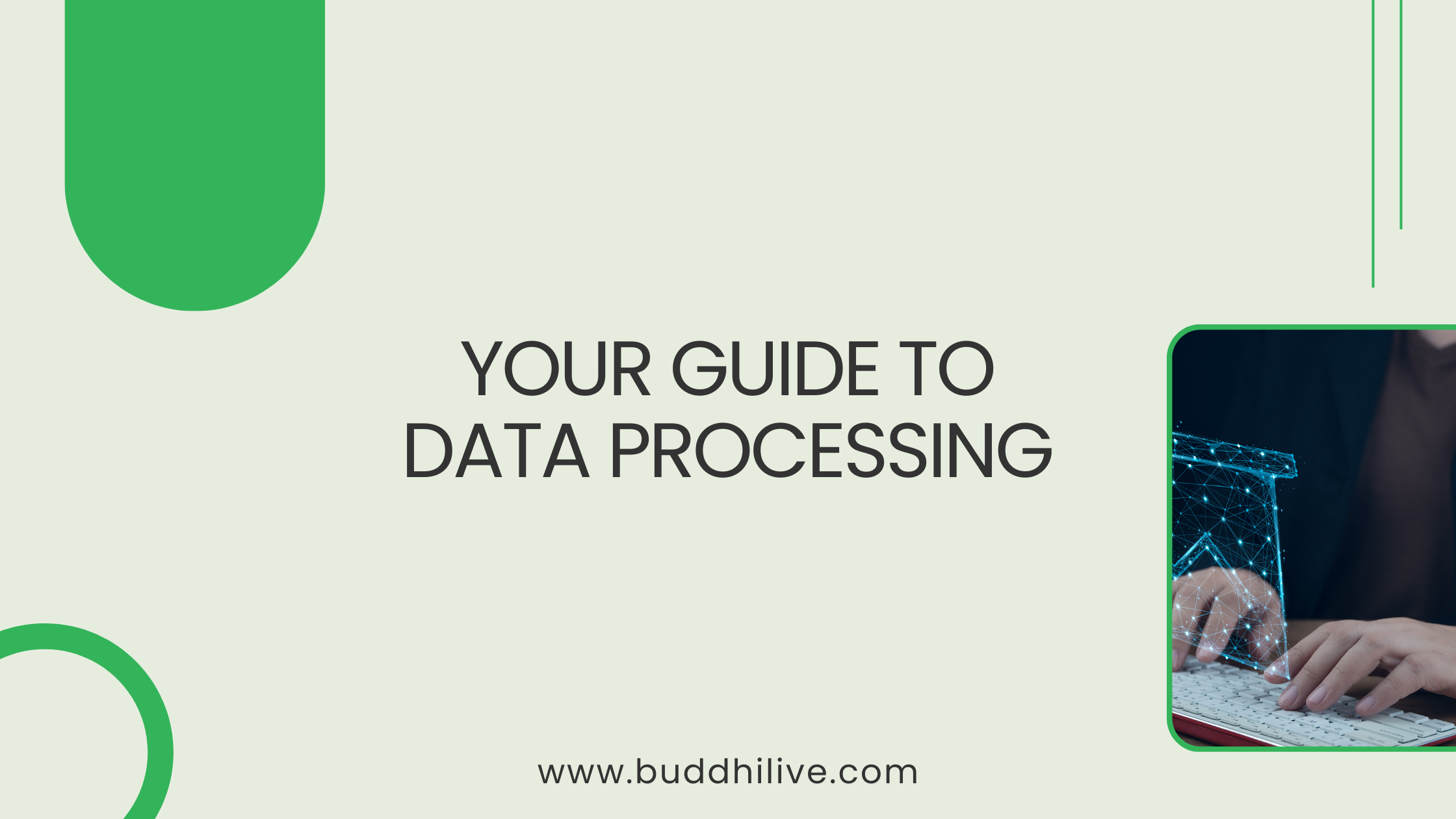Imagine stumbling upon a treasure chest overflowing with gold coins… covered in mud and buried beneath layers of debris. That’s raw data – valuable, but unusable until it’s processed. Enter data processing, the art of transforming messy data into sparkling insights.
Why is Data Processing Important?
Raw data is rarely pristine. It might be incomplete, inconsistent, or formatted haphazardly. Data processing tackles these issues, ensuring your data is:
- Clean: Free from errors, duplicates, and missing values.
- Consistent: Standardized formats and units for seamless analysis.
- Organized: Structured effectively for efficient exploration and manipulation.
- Complete: Filled in any missing gaps with reliable imputation techniques.
- Usable: Ready for analysis and transformation into meaningful insights.
Key Stages of Data Processing
Imagine cleaning and refining your treasure:
- Data Ingestion: Extract data from various sources (databases, surveys, sensors).
- Data Cleaning: Identify and correct errors, inconsistencies, and missing values.
- Data Transformation: Convert data into desired formats and scales for analysis.
- Data Integration: Combine data from different sources into a unified dataset.
- Data Reduction: Summarize or compress large datasets for efficient analysis.
- Data Validation: Ensure data accurately reflects the real world it represents.
Tips for Effective Data Processing
- Know your data: Understand its context, format, and potential issues.
- Document your process: Track steps taken for future reference and reproducibility.
- Automate repetitive tasks: Use tools and scripts to streamline data cleaning.
- Validate your results: Ensure processed data aligns with real-world expectations.
- Start small and iterate: Experiment with different techniques and refine your approach.
Remember, Data processing is an ongoing journey, not a one-time destination. As your data evolves and your analytical needs shift, be prepared to adapt and refine your processing techniques.

